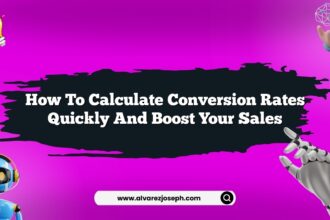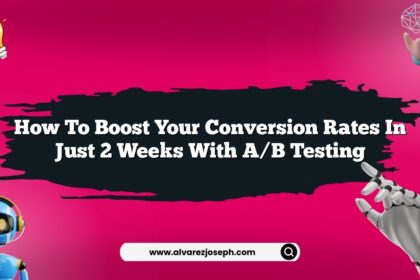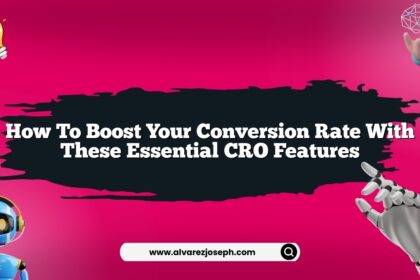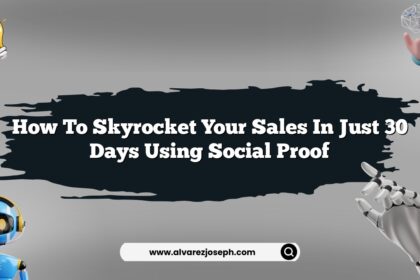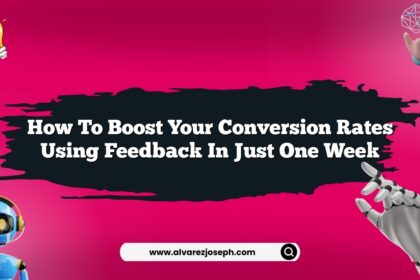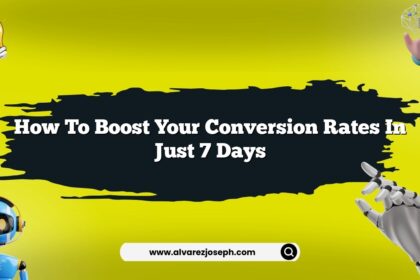Alright, let’s dive right into it. You ever wonder why some folks just get it when it comes to online behavior? Like, how some businesses seem to know precisely what their users want? I mean, it’s almost like they have a crystal ball. Spoiler alert: they don’t. But they’ve got their ways of decoding user behavior, and it’s not as mystical as it sounds.
Here’s the deal: understanding user behavior is essential for anyone trying to nail down their online presence. If you’re running a website, blog, or an online store, knowing what makes your audience tick can turn casual visitors into loyal customers. Stick around, and I’ll break it down for you in five simple steps that could change your game.
Step 1: Data, Data, Data
First off, let’s talk about data. It’s the bread and butter of understanding user behavior. You can’t just guess what your users want.
You need hard facts.
Tools like Google Analytics are a goldmine. They track everything—where your users come from, how long they stick around, which pages they visit… It’s like having a backstage pass to their journey.
Take a peek at metrics like:
- Bounce Rate: Are folks leaving your site right away? If so, that’s a red flag.
- Average Session Duration: How long are they hanging out? The longer, the better.
- Conversion Rates: Are they taking action? This is where the magic happens.
Analyzing this data reveals patterns. You’ll see what’s working and what’s not. Just remember, don’t get lost in the numbers. It’s easy to get overwhelmed, but focus on the trends that matter.
Step 2: User Personas—Get Personal
Now that you’ve got some data, let’s get into user personas. What’s that, you ask? Well, it’s basically creating a fictional character that represents your ideal customer. Wait, don’t roll your eyes just yet! This is super helpful.
You’ll want to consider:
- Demographics: Age, gender, location. It matters.
- Interests: What do they like? What keeps them up at night?
- Pain Points: What problems are they trying to solve?
Creating these personas helps you tailor your content and marketing strategies. If you know your users, you can speak directly to them. It’s all about personalization.
I remember when I created a persona for a tech blog I was working on. Instead of just writing for “everyone,” I focused on a college student named Sarah who loved gaming and was always on a budget. Suddenly, my content clicked with a specific audience.
Step 3: Observe Their Behavior—Be a Spy (Kind Of)
Okay, so you’ve got your data and your personas. Now it’s time to observe actual behavior. This isn’t as creepy as it sounds!
User testing is key here. It’s like having a front-row seat to the show. You can see how users interact with your site, where they struggle, and what they love.
Tools like Hotjar let you see heatmaps of where users click most often.
- Where are they spending time?
- Which buttons are ignored?
- Are they struggling to find what they need?
This kind of observation is invaluable. You’ll pick up insights that numbers alone can’t provide. And hey, don’t forget to ask for feedback. A quick survey can go a long way.
Step 4: A/B Testing—Trial and Error is the Name of the Game
Next up is A/B testing. You’ve probably heard of this, but let’s break it down. It’s all about experimenting with different versions of your web pages.
So, you’ve got two versions of a landing page. You think version A is the bomb, but version B might be better.
- Change one element at a time (like a button color or a headline).
- Send half your traffic to A and half to B.
- See which one performs better.
It’s science!
I once did an A/B test for a client’s checkout page. We switched the “Buy Now” button to a brighter color. The result? A 30% increase in conversions. Crazy, right? It’s about not being afraid to try new things.
Step 5: Analyze and Iterate—Don’t Just Set It and Forget It
Finally, let’s talk about the importance of analysis and iteration. You can’t just run a test and be like, “Great, I’m done!” Nope.
You gotta keep an eye on those metrics.
After you run your A/B tests, gather your results. What worked? What flopped?
- Make adjustments based on what you learn.
- Don’t be afraid to go back to the drawing board.
- Keep iterating until you find that sweet spot.
The digital landscape changes fast. What works today might not work tomorrow. Staying on your toes is crucial.
I remember when a friend of mine ran a campaign that did great initially. But a few months later, it tanked because he didn’t adapt. Don’t let that be you!
Quick Summary
- Data is critical: Use tools like Google Analytics to track user behavior.
- Create user personas: Understand your audience at a personal level.
- Observe user behavior: Conduct user testing and analyze heatmaps.
- A/B testing is essential: Experiment with different versions of your pages.
- Iterate constantly: Always analyze results and adjust accordingly.
Frequently Asked Questions
What tools can I use to analyze user behavior effectively?
There are plenty of tools out there. Google Analytics is a must-have. Hotjar gives you great visual insights. Crazy Egg is another solid option for heatmaps. Mixpanel tracks user interactions in-depth, too.
How often should I conduct A/B tests?
There’s no one-size-fits-all answer. Generally, though, you should test whenever you launch a new feature or make significant changes. Regular testing helps stay ahead.
What’s the biggest mistake people make in user behavior analysis?
Ignoring the data! It sounds cliché, but many just don’t take the time to really analyze what’s happening. You gotta dive in and understand the numbers, not just look at them.
Can I rely solely on data to make decisions?
Not entirely. While data is crucial, user intuition and qualitative feedback are equally important. It’s a balance.
How do I keep up with changing user behaviors?
Stay alert! Follow trends, read industry blogs, and keep an eye on competitors. Regularly gather feedback and be willing to adapt.
Why is understanding user behavior so important?
Because it’s the key to making meaningful connections with your audience. If you know what they want, you can give it to them. It’s simple math—better user experience equals higher conversions.
Alright, that wraps it up! If you take these five steps to heart and really put in the effort… you’ll see the difference. Your users will thank you for it. Ready to start decoding? Let’s do this!



